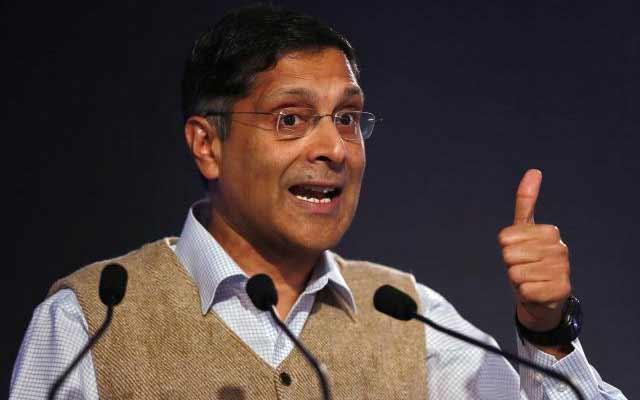Arvind Subramanian, India’s chief economic adviser (CEA), was named among the top 100 thinkers across the world by the US-based magazine Foreign Policy in 2011. It is perhaps this thinking that would lend itself to the Economic Survey which he will present on 26 February.
Economic Survey is the report card of the government and this is the second that Subramanian has prepared for the National Democratic Alliance (NDA) government. Not bound by tradition or practice, he changed the structure of the Survey in 2015 by dividing it into two parts. The first part was an analysis of the economic indicators and also contained a commentary on the policy vision that the government should adopt. The second part was in line of traditional Survey documents that list the economic performance of various sectors.
Not shy from speaking his mind, in a debate hosted by The Economist in 2012 on the issue that whether India was losing its way, he took on Congress party’s Shashi Tharoor. He famously wrote, “For every cheery statistic that Shashi Tharoor invokes, at least as many gloomy ones are there to be counter-invoked.” By the end of the debate, two-third voters favoured Subramanian.
Subramanian has been equally critical of the Bharatiya Janata Party-led government. In June 2014, Subramanian criticised the Modi government in a provisional scorecard published on the website of Peterson Institute of International Economics, where he serves as the Dennis Weatherstone Senior Fellow, stating that plans to increase subsidy on sugar and increasing import duty were aimed to appease sugar lobbies in Maharashtra and Uttar Pradesh. He even criticised the NDA’s first budget in July 2014 by stating that “the substance and the policy actions were not equal to the goal”.
The criticism has stood Subramanian in good stead. In October 2014, Subramanian was appointed CEA to the Indian government. Many believe that he came to the job because of his previous working relationship with the Reserve Bank of India (RBI) governor Raghuram Rajan. Subramanian has worked with Rajan at the International Monetary Fund as the assistant director in the research department.
Subramanian courted criticism last year over his views on the stand that India should adopt at the climate change talks in Paris. He advocated a turnaround from India’s studiously built position of common but differentiated responsibilities in the United Nations Framework Convention on Climate Change. He also stressed upon India distancing itself from poor and developing countries. India’s environment minister Prakash Javadekar joined issues with him over the topic. India later pledged to reduce emission intensity of its gross domestic product by 33-35% by 2030 over the 2005 levels and increase renewable energy’s share by 40% in its total energy mix in the same period.
Subramanian is not known to be his master’s voice. In the mid-term economic review 2015, he raised some critical questions for finance minister Arun Jaitley and Rajan about the fiscal and monetary policy stance that the government should adopt given the immediate hurdles faced by the economy.
In his opinion, the finance minister should not stick to the fiscal deficit targets of 3.9% for 2015-16 and 3.5% in 2016-17 given that the gross domestic product growth is weak and public spending is required to spur growth. This is a challenge that Jaitley will face while presenting the Union budget on 29 February in the light of tepid private sector investments. He also opined in his review that RBI should be more flexible in targeting inflation level given the condition of high private sector debt and output gap in the economy.
Given his way of functioning and thinking, the Indian economy stands to gain as it throws open many debates. And also, as the CEA to the current government, Subramanian would want to improve the grades (ranging from A to F) that he gave to various Modi government initiatives in his provisional scorecard, which Subramanian had then said will be updated periodically.
The US-based economist has the right academic credentials. After graduating from New Delhi’s St Stephens College, Subramanian went to the Indian Institute of Management, Ahmedabad. He then obtained M.Phil and D.Phil degrees from the University of Oxford in the UK. He has also taught at Harvard University's Kennedy School of Government and Johns Hopkins' School for Advanced International Studies.






